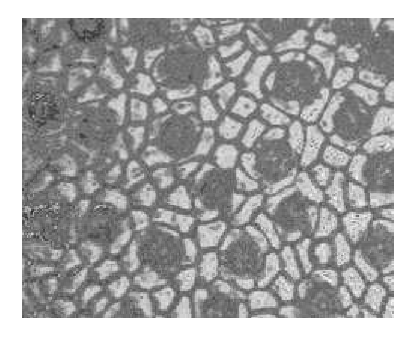CARACTERES EPIDÉRMICOS FOLIARES DE PLANTAS ORNAMENTALES, TÓXICAS PARA ANIMALES DOMÉSTICOS.
DOI:
https://doi.org/10.33017/RevECIPeru2009.0003/Keywords:
epidermis, ornamental toxic plants, veterinary medicine.Abstract
The epidermal tissue of the vegetables presents a typical design for every species so that many plants can be recognized across its microscopic study. In addition, it resists the passage for the digestive tract of the animals, remaining practically inalterable. Based on this fact, Baungartder and Martin (1939) designed the microhistological technique, which consists of studying botanical composition of diet of herbivorous animals across the microscopic analysis of plant´s epidermis fragments found in the fecal matter. Throughout the years, the use of this technique spread widely, adapting to different aims, both ecological and economic. The aim of the present work, realized in Tucumán's province, Argentina, is to characterize epidermis of ornamental, toxic plants for domestic animals, in order to be used as element of diagnosis in veterinary medicine. Epidermis of Evonymus japonicus, Hedera helix, Ficus benjamina and Vinca difformis were extracted in laboratory. All of them are ornamental species, mentioned like toxic in the bibliography veterinary and cultivated habitually in particular gardens and public spaces of the Province. They were made prepared microscopic permanent, photographic records took and there were described the epidermal characteristics of every species, bearing in mind the form of the cells, the presence or absence of stomata and trichomes, and types of stomata and trichomes. Hedera helix and Vinca difformis present lobulated epidermal cells, whereas Evonymus japonicus and Ficus benjamina ones are isodiametrics and polygonal. Four species present stomata only in the internerval zone of abaxial epidermis. They were trichomes only in the nerval zone of adaxial epidermis of Vinca difformis. The epidermal characters found in the studied species, constitute an usefull contribution for the confection of a dichotomous indentification key of these toxic plants.


